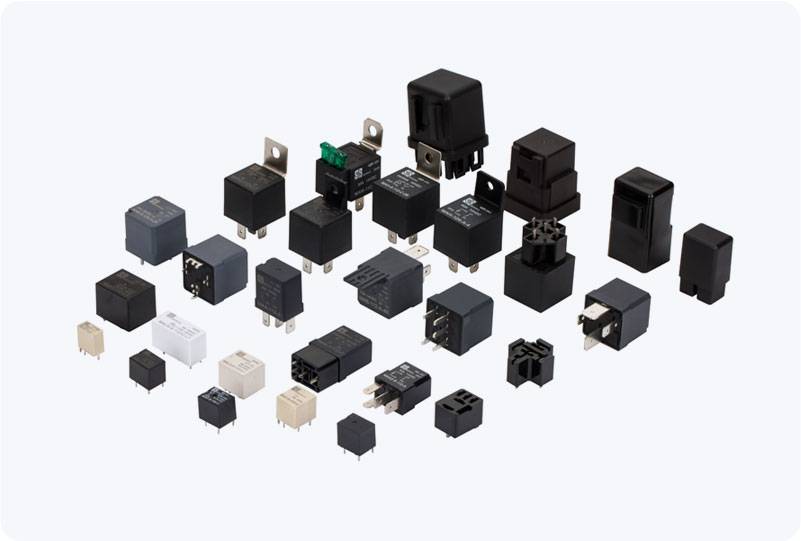An electromechanical relay is a type of electrical switch that uses an electromagnet to operate mechanical contacts. It has been widely used in electrical and electronic systems for decades, serving as a crucial component for controlling circuits, protecting systems, and enabling the automation of various processes. Despite the growing popularity of solid-state relays, electromechanical relays remain essential due to their reliability, simplicity, and cost-effectiveness. This article explores the principles of electromechanical relays, their components, and their various applications in modern systems.

What is an Electromechanical Relay? At its core, an electromechanical relay consists of an electromagnet, an armature, a set of contacts, and a spring. When current flows through the electromagnet, it generates a magnetic field that attracts the armature, causing it to move and close or open the contacts. The spring provides the necessary force to return the armature to its original position when the current is turned off, restoring the relay to its default state. The relay’s functionality hinges on the interaction between the electromagnet and the armature. The electromagnet is typically made of a coil of wire wound around a metal core. When current passes through the coil, it creates a magnetic field that attracts the armature, resulting in a physical change that either completes or interrupts the circuit. The contacts can be of different types, including Normally Open (NO) and Normally Closed (NC), which determine whether the relay allows current to flow in its default state.